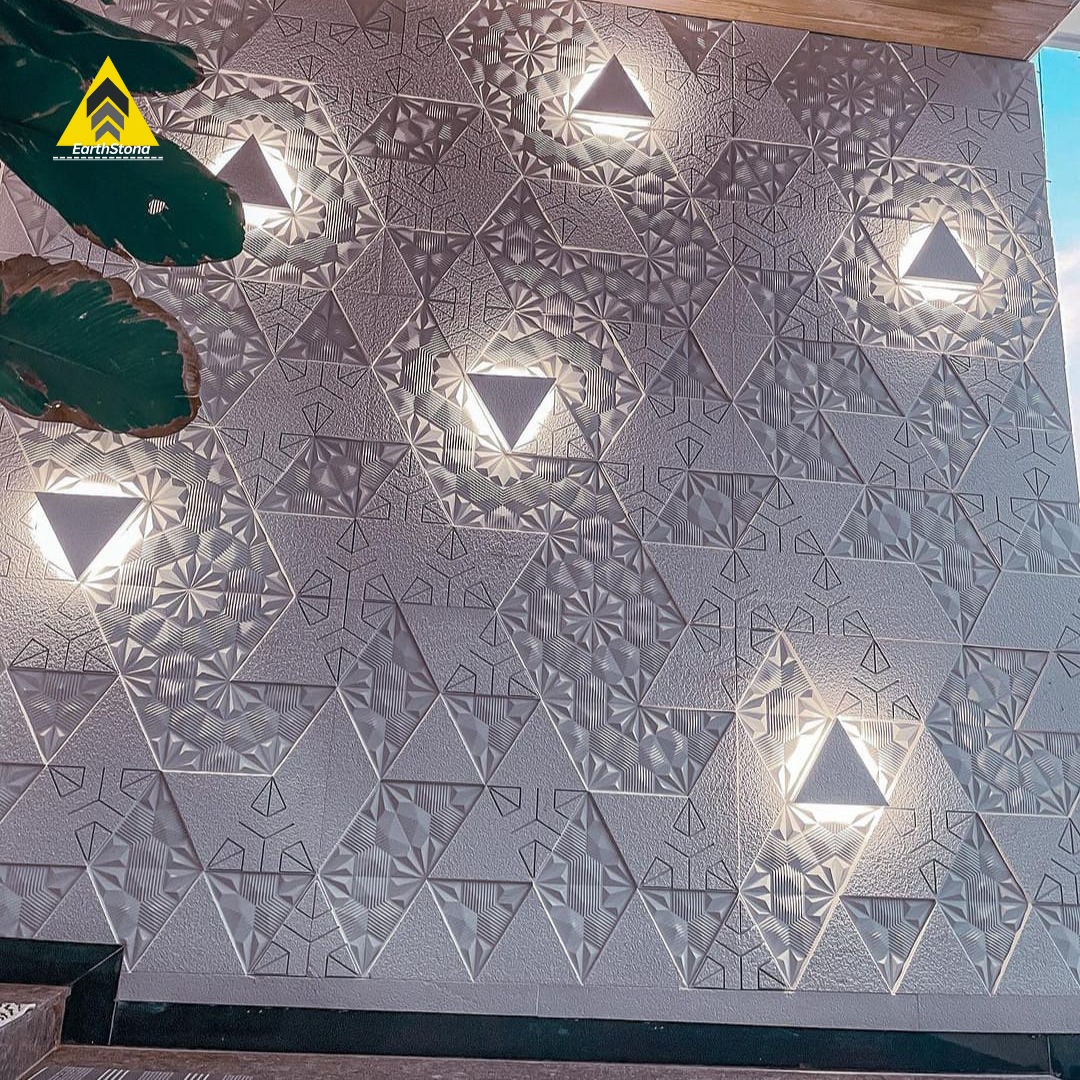- Login
- Register
Natural Stone Wall Cladding vs. Flexstone vs. Artificial Stone: Which is Best for Your Space?

Introduction
Wall cladding is an essential element in both interior and exterior design, providing protection, durability, and aesthetic appeal. When it comes to choosing the right stone cladding, you’ll come across three main options: Natural Stone, FlexStone, and Artificial Stone. Each material has unique advantages and disadvantages. In this blog, we’ll break down the differences to help you make an informed decision for your project.
1. Natural Stone Wall Cladding
What is Natural Stone Wall Cladding?
Natural stone wall cladding is made from real, quarried stone cut into slabs, tiles, or veneer panels. Common natural stones used include marble, granite, limestone, sandstone, slate, and quartzite.
Pros of Natural Stone Wall Cladding
✅ Aesthetic Appeal – Each stone piece is unique, adding timeless beauty and elegance.
✅ Durability – Extremely strong and weather-resistant, lasting for decades.
✅ Increases Property Value – Premium look and longevity enhance real estate value.
✅ Eco-Friendly – A sustainable, non-toxic material with minimal chemical processing.
Cons of Natural Stone Wall Cladding
❌ Expensive – Higher material and installation costs.
❌ Heavy Weight – Requires strong structural support and professional installation.
❌ Maintenance – Needs periodic sealing to prevent moisture absorption and staining.
Best Uses
- Luxury homes & villas
- Exterior facades of buildings
- Fireplaces & accent walls
- Landscape design & garden walls
2. FlexStone Wall Cladding
What is FlexStone?
FlexStone is a lightweight, flexible composite material designed to mimic natural stone. It’s typically made from polyurethane, polyester resin, and stone dust.
Pros of FlexStone Wall Cladding
✅ Lightweight & Flexible – Easy to handle and install, even on curved surfaces.
✅ Cost-Effective – More affordable than natural stone.
✅ Waterproof & Mold-Resistant – Ideal for bathrooms, kitchens, and humid areas.
✅ Low Maintenance – No sealing required; easy to clean with mild soap.
✅ DIY-Friendly – Can be installed without professional help using adhesives.
Cons of FlexStone Wall Cladding
❌ Less Durable – Not as strong as natural stone; susceptible to scratches and dents.
❌ Artificial Appearance – While realistic, it lacks the authenticity of real stone.
❌ Limited Lifespan – May not last as long as natural stone, especially in outdoor conditions.
Best Uses
- Bathrooms & shower panels
- Kitchen backsplashes
- Indoor accent walls
- Temporary or budget-friendly projects
3. Artificial Stone (Manufactured Stone Veneer - MSV)
What is Artificial Stone?
Artificial stone, also known as manufactured stone veneer (MSV), is made from cement, natural stone particles, and pigments. It is molded to replicate the look and texture of real stone.
Pros of Artificial Stone Cladding
✅ Lightweight & Easy to Install – Lighter than natural stone, can be installed on most surfaces.
✅ Cost-Effective – More affordable than natural stone while offering a similar appearance.
✅ Variety of Designs – Available in many colors, textures, and patterns.
✅ Consistent Look – Unlike natural stone, artificial stone has uniformity in color and texture.
Cons of Artificial Stone Cladding
❌ Less Durable – Can crack or fade over time, especially in extreme weather conditions.
❌ Not as Valuable – Doesn't add as much resale value as natural stone.
❌ May Look Synthetic – Some varieties can appear overly uniform and artificial.
Best Uses
- Interior feature walls
- Commercial spaces & storefronts
- Fireplaces & indoor columns
- Budget-friendly residential projects
Comparison Table: Natural Stone vs. FlexStone vs. Artificial Stone
| Feature | Natural Stone | FlexStone | Artificial Stone |
|---|---|---|---|
| Appearance | 100% natural & unique | Realistic but synthetic | Realistic but uniform |
| Durability | Extremely durable | Moderately durable | Less durable |
| Weight | Heavy | Lightweight | Lightweight |
| Installation | Requires professionals | Easy DIY | Easy DIY |
| Cost | Expensive | Affordable | Moderate |
| Maintenance | Requires sealing | Low maintenance | Low maintenance |
| Best for | Luxury homes, exteriors | Bathrooms, kitchens | Indoor walls, fireplaces |
Which One Should You Choose?
- Choose Natural Stone if you want a high-end, durable, and authentic look for your property. It’s best for luxury projects, exterior facades, and long-term investments.
- Choose FlexStone if you need an affordable, waterproof, and easy-to-install alternative for indoor applications like bathrooms and kitchens.
- Choose Artificial Stone if you want a budget-friendly, versatile, and lightweight stone cladding for interior and light outdoor use.
Final Thoughts
Each type of stone wall cladding has its own strengths and weaknesses. Your choice depends on budget, durability needs, installation ease, and the desired aesthetic. Whether you opt for the elegance of natural stone, the affordability of artificial stone, or the flexibility of FlexStone, selecting the right material will enhance the beauty and functionality of your space.
Do you have any questions or need expert advice on choosing the right stone cladding? Contact us today for personalized recommendations!

